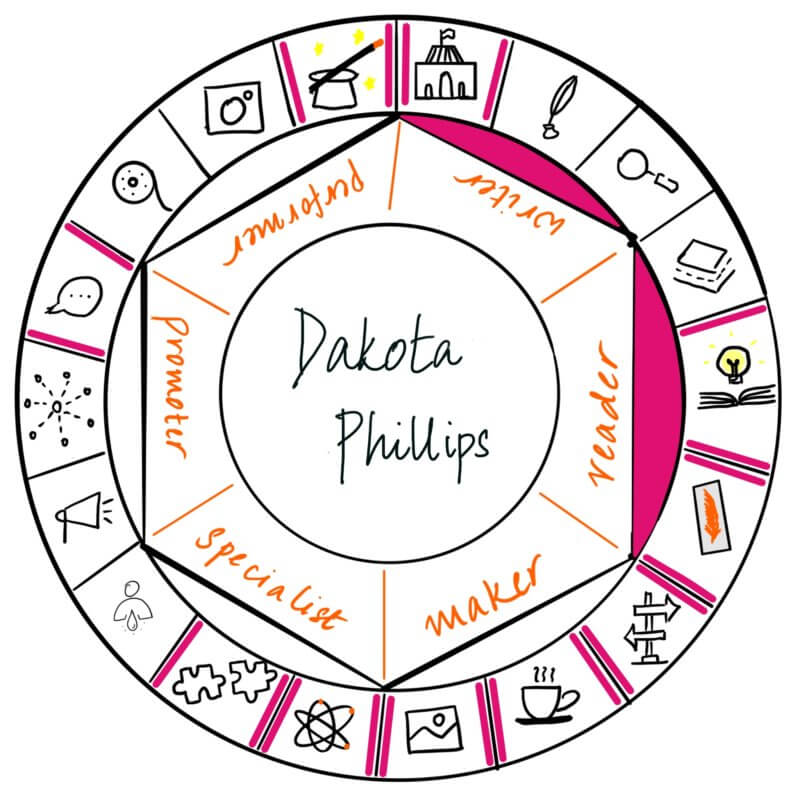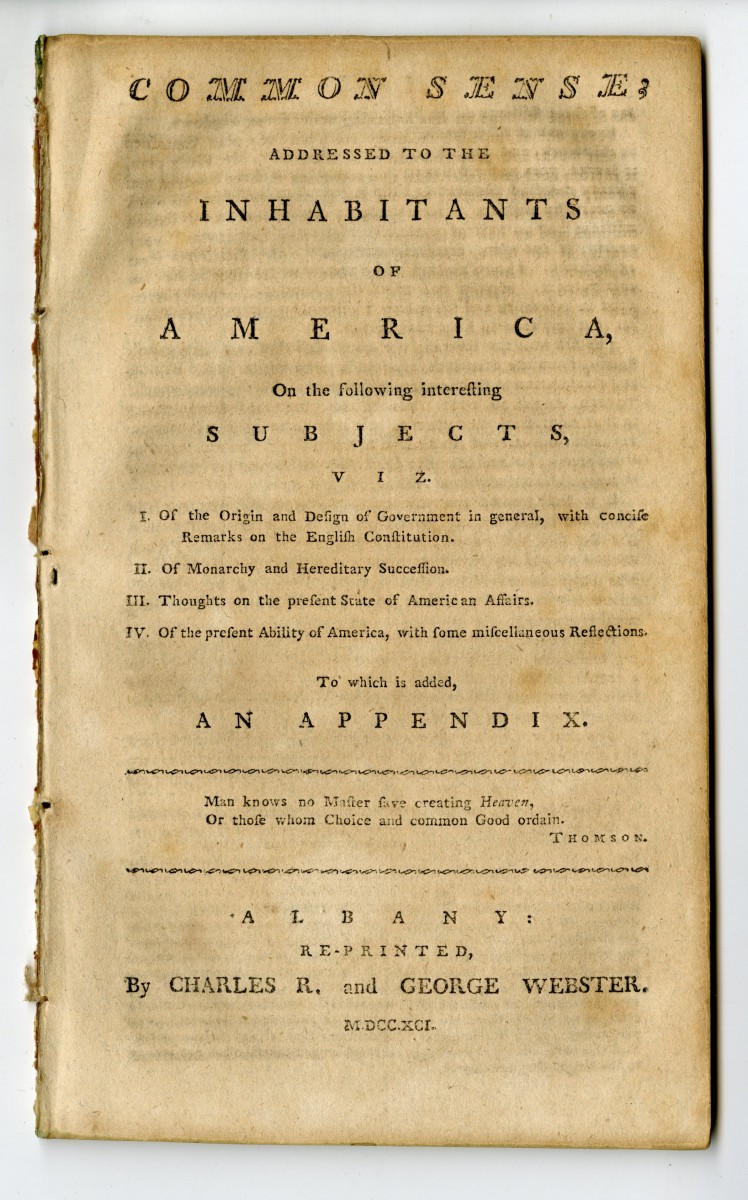Welcome friend! Have you noticed the emergence of chapbooks? Dakota Phillips and I connected over her poetry chapbook and decided to take a look at what chapbooks are and their history and appeal.
Dakota is a 23-year-old trans woman from the ‘Dish with One Spoon’ territory which is colonially known as Toronto, Ontario. She is the author of two full-length poetry collections, Forbidden and Forgotten and Flourish, Norma Jeane, a newly-released chapbook of experimental poetry entitled, Dream, Norma Jeane: Poems Both Pretty and Gritty, and a forthcoming micro-chapbook, Witchery. Her writing has also appeared/is forthcoming in Literary Yard, Queen’s Quarterly and Green Ink Poetry.
Let’s learn from her!

Chapbooks
Guest post by Dakota Phillips
What is a Chapbook?
A chapbook is a small collection of poetry or prose. While the ideal length of a full-length collection of poetry is more than 48 pages, chapbooks typically range between 15-40 pages in length. The material in chapbooks is normally connected by a thematic link.
A Brief History of the Chapbook
Originally referred to as “small books”, the selling of these bite-sized forms of literature dates back to the 16th century and was customary between the 17th and 19th centuries.
The name “chapbook” was first coined in 1824 and is derived from the word chapman, which refers to the tradesmen who sold them.
For a penny or a halfpenny, people could purchase these books which often contained ballads, short stories, and of course, poetry. They were sold by and distributed among the poor at street fairs, pubs, toy stores and print shops.

The Appeal
A poet will often gravitate towards publishing a chapbook, as opposed to a full-length collection of poetry due to the fact that doing so is much more cost-effective.
Whether or not you were to self-publish your chapbook or have it traditionally published by a press, you would need to invest considerably less in terms of marketing than you would if you were to publish a full-length collection of poetry, as chapbooks are much shorter. For this reason, the process of publishing one is also less time-consuming.
Additionally, chapbooks are generally more experimental than full-length poetry books. As artists, we are intrinsically inclined to experiment with the left sides of our palettes and branch out creatively and chapbooks are an excellent way to do this.
Writing a Chapbook
When I began to write poetry at the age of 16, I had never been interested in the idea of writing a chapbook. I was unable to understand why anyone would want to publish such a small body of work when they could write something more extensive. It seemed to me that publishing a chapbook was simply a way for a writer to dip their toe in the pond of authors and utilize it as a stepping stone for bigger writing projects. While this is sometimes true, it is not always the case.
I had written and published two full-length collections of poetry prior to releasing my newly-released chapbook, Dream, Norma Jeane: Poems Both Pretty and Gritty. It wasn’t until just several months ago when I began to read experimental poetry in literary journals that I had become interested in writing one myself to branch out creatively. The process of writing and publishing a chapbook has allowed me to realize that they are much more than small-scale poetry publications.
A Comeback
The chapbook regained popularity when the American Beat Generation, a group of nonconformist authors of the 1950s and 1960s who subverted conventional society, began to use them as a means to publish their poetry.
With the advancement of technology, chapbooks have become increasingly more intriguing to a society of individuals with a preference for concise and easily-digestible media.
Examples of Chapbooks
- Lupine by Jenny Irish.
- Frontenac, Autumnal Hymns by Michael e. Casteels.
- Ecology of my immediate area by Trevor Root.
- Apogee/Perigee by Leesa Dean.
Interested in Publishing a Chapbook?
Here are some chapbook presses:
- Above/ground press | Website
Founded in 1993 by award-winning author Rob Mclennan, this press publishes a variety of chapbooks, from the wildly unconventional to more traditional works.
- 845 Press | Website
This London, Ontario-based press is a division of the literary journal, The /tƐmz/ Review. Edited and published by writers Amy Mitchell and Aaron Schneider, they publish one batch of chapbooks per year and are interested in both well-known and emerging writers.
- Puddles of Sky Press | Website
Puddles of Sky Press is a small chapbook press which publishes both chapbooks, micro-chapbooks, broadsides, postcards, among other publications.
- Dancing Girl Press | Website
Dancing Girl Press is an indie publishing company and design studio which publishes chapbooks, zines, art books, and more.
- The Blasted Tree | Website
Founded by Calgary-based author and former editor of the popular Canadian literary magazine, filling Station, this press seeks out experimental work by authors who are under-represented in the literary world.
For those who are interested in self-publishing a chapbook, below are some print-on-demand companies:
- Amazon Kindle Direct Publishing | Website
Amazon Kindle Direct Publishing is a popular print-on-demand company. I have self-published all three of my books through them so, I can tell you from experience that self-publishing with them is very straightforward. They also have a couple of promotional services to market your book, including Amazon Ads and KDP Select. Printing costs are typically low and normally fall between the $2-3 dollar range.
- Ingram Spark | Website
This self-publishing platform is also very well-known. There are fees to publish through it – $49 to publish a paperback, $25 for an ebook, and $49 to publish both. However, its distribution of publications among retailers around the world makes the payment worth it!
- Acutrack | Website
Acutrack is one of the fastest print-on-demand platforms in the world. If you are looking to get your book printed and distributed quickly, this is the platform for you!
- Blurb | Website
Based in San Francisco, Blurb allows authors to sell and distribute their books to tens of thousands of companies around the world.
- Espresso Book Machine | Website
Small but mighty, this print-on-demand company allows you to join forces with editors and designers and have your books printed directly at stores and libraries.
Of course, there is also the alternative of “DIY-ing” it and printing/binding your own chapbook. Although ambitious, some people manage to make a modest profit by doing this! For anyone who may be interested in doing this and are unsure as to where to begin, check out this video to walk you through the process.
I hope that this post helps out those who may have wanted to publish a chapbook or full-length poetry collection and were unsure as to where to begin, or inspires anyone to do so! Below is a straightforward guide about publishing a chapbook by Reedsy.
If you have any questions for Dakota, pop them in the comments below. We love hearing from you! If you have a favorite chapbook collection or you have published one, feel free to add a link in the comments!
Thank you for hanging out with us today. Connect with Dakota on Instagram.
Cover image: Photo on Unsplash

Be First to Comment